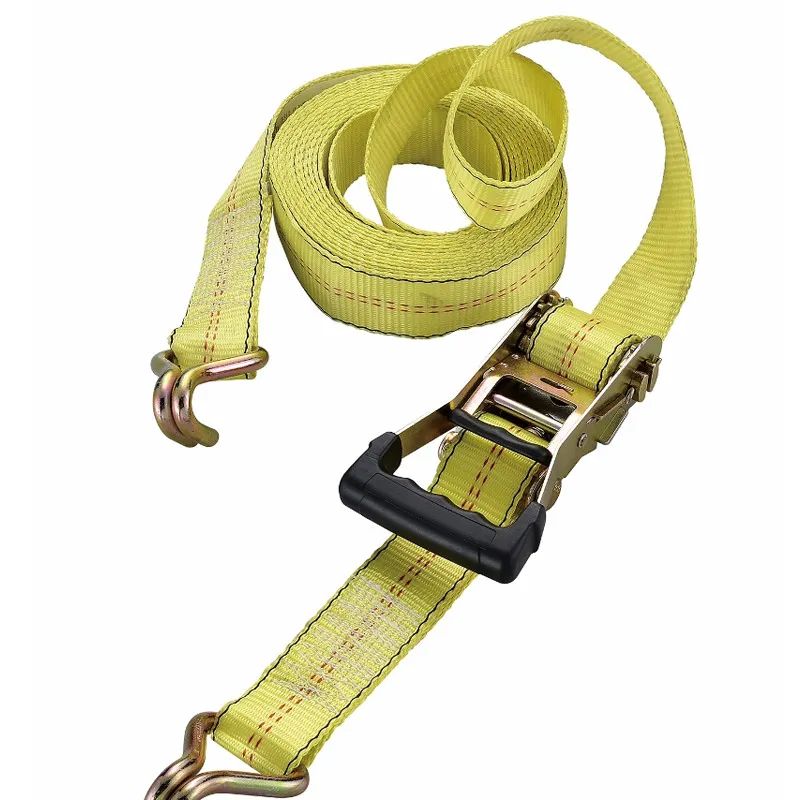Dec . 01, 2024 20:39 Back to list
ceiling t bar bracket
Understanding Ceiling T Bar Brackets A Key Component in Suspended Ceiling Systems
When it comes to constructing a suspended ceiling, the choice of materials and components is crucial for ensuring both stability and aesthetic appeal. One of the essential elements in this system is the ceiling T bar bracket. These brackets play a vital role in supporting the T bar grid, which is the foundation for the tiles or panels that make up the ceiling. In this article, we will delve into the significance of ceiling T bar brackets, their types, installation processes, and practical applications.
What Are Ceiling T Bar Brackets?
Ceiling T bar brackets are metal or plastic devices used to secure and stabilize the T bar grid that supports ceiling tiles. The T bars—named for their T-shaped cross-section—are designed to hold up the lightweight acoustic tiles or drywall panels commonly found in commercial and residential buildings. Brackets provide the necessary support to maintain the structural integrity of the grid system, ensuring it can withstand the weight of the tiles over time.
Why Are They Important?
1. Structural Support Ceiling T bar brackets provide essential support to the T bar grid, ensuring that it remains level and secure. This is particularly important in environments where the ceiling may experience vibrations or movements, such as in buildings with heavy foot traffic or machinery.
2. Ease of Installation The use of T bar brackets simplifies the installation process for suspended ceilings. They provide clear anchor points for securing T bars to ceiling joists or other structural elements, making it easier for installers to achieve a professional finish.
3. Versatility T bar brackets come in various designs and materials, allowing for versatility in different applications. Whether you are working with a lightweight acoustic tile or a heavier panel, the right bracket can help support the load effectively.
4. Aesthetic Appeal When properly installed, T bar brackets contribute to a sleek, clean appearance in any space. They help maintain the grid's uniformity, which is essential for achieving a polished look in commercial settings, conference rooms, or homes.
Types of Ceiling T Bar Brackets
There are several different types of ceiling T bar brackets available on the market, each designed for specific applications
1. Standard Brackets These are the most common types and are typically made of galvanized steel for durability. They are used in most standard grid installations.
2. Corner Brackets These brackets are specifically designed for corners or edges of the ceiling. They provide additional support where T bars meet, ensuring that junctions remain secure.
ceiling t bar bracket

3. Adjustable Brackets For unique ceiling installations with varying heights, adjustable brackets allow for flexibility in securing T bars. They can be extended or shortened to fit the specific needs of the installation.
4. Hanger Brackets Used in heavier applications, these brackets provide extra support by securing the T bar grid directly to overhead structures, such as concrete or steel beams.
Installation Process
Installing ceiling T bar brackets requires careful planning and straightforward execution. Here’s a step-by-step guide
1. Planning Assess the space where the ceiling will be installed. Take measurements and determine the layout of the T bar grid to ensure optimal support.
2. Preparation Gather all necessary tools and materials, including T bar components, brackets, screws, and a level.
3. Installation of Hangers Begin by attaching the ceiling joist hangers to the ceiling. These will serve as the foundation for the T bar grid.
4. Securing the Brackets Attach T bar brackets to the joists using screws or nails. Ensure they are positioned correctly to support the T bars.
5. Laying the Grid Once the brackets are securely in place, install the T bars into the brackets, forming the grid structure. Always use a level to check for uniformity.
6. Finishing Touches Complete the installation by adding ceiling tiles or panels between the T bars, ensuring they fit tightly and securely.
Conclusion
Ceiling T bar brackets are a critical component of suspended ceiling systems, providing necessary support and stability to the T bar framework. Understanding the types and installation processes of these brackets enables builders and DIY enthusiasts alike to create effective and visually appealing ceiling installations. Whether in commercial buildings or residential spaces, the proper use of ceiling T bar brackets ensures a durable and attractive finish that can last for years to come.
-
Durable Ceiling T Grid Systems | Easy InstallationNewsAug.29,2025
-
PVC Gypsum Ceiling: Durable, Laminated Tiles for Modern SpacesNewsAug.28,2025
-
Pvc Gypsum Ceiling Is DurableNewsAug.21,2025
-
Mineral Fiber Board Is DurableNewsAug.21,2025
-
Ceiling Tile Clip Reusable DesignNewsAug.21,2025
-
Ceiling T Grid Modular DesignNewsAug.21,2025







